The most popular Physics project for class 12 comprises of Chemiluminescence, colour vs. heat absorption experiment, AC generator, automatic electric train barrier which enhances students interest and creativity in the subject.
Table of Contents
The most exciting and popular Physics Projects for Class 12 students are Measuring the EMF and Internal Resistance of a Cell, Determination of Refractive Index of a Medium, Photoelectric Effect, Thermoelectric Generator, Logic Gates and Their Applications, and a few more. These topics are covered under seven major category which help students to understand the key concept alligning with CBSE syllabus.
Topics for Physics Project for Class 12
Students can check the list of topics under 7 major categories for Physics project ideas for Class 12 students. These projects are designed to align with the CBSE syllabus and emphasize practical application, creativity, and understanding of key concepts:
1. Electricity and Magnetism
Students can check the list of topics for Physics Projects for Class 12 under Electricity and Magnetism given below.
- Measuring the EMF and Internal Resistance of a Cell
- Using a potentiometer to calculate the internal resistance of a cell.
- Study of a Transformer
- Designing a step-up or step-down transformer and analyzing its efficiency.
- Wireless Power Transmission
- Exploring the concept of wireless power using resonant inductive coupling.
- Electromagnetic Induction
- Investigating how the rate of change of magnetic flux affects induced EMF.
- Homemade Dynamo
- Building a small generator to demonstrate the conversion of mechanical energy to electrical energy.
2. Optics
Students can check the list of topics for Physics Projects for Class 12 under the optics given below.
- Determination of Refractive Index of a Medium
- Using a prism to calculate the refractive index.
- Construction of a Simple Microscope or Telescope
- Demonstrating magnification and resolution.
- Polarization of Light
- Studying how light behaves when passed through polarizers.
- Holography
- Creating simple holograms using a laser.
- Lens Combination and Image Formation
- Investigating focal length using different lens combinations.
3. Modern Physics
Students can check the list of topics for Physics Projects for Class 12 under the modern Physics given below.
- Photoelectric Effect
- Studying the relationship between the frequency of light and the emitted electrons.
- Verification of Inverse Square Law of Radiation
- Using a light source and a photometer.
- Planck’s Constant Determination
- Using LEDs to determine the value of Planck's constant.
- Solar Cell Efficiency
- Measuring and comparing the efficiency of solar cells under different conditions.
- Nuclear Radiation Detection
- Using a Geiger counter to study radioactive decay.
4. Thermodynamics
Students can check the list of topics for Physics Projects for Class 12 under the thermodynamics given below.
- Thermoelectric Generator
- Creating electricity using a temperature difference.
- Effect of Temperature on Resistance
- Investigating the resistance-temperature relationship in conductors and semiconductors.
- Stirling Engine
- Demonstrating a working model of a Stirling engine.
- Heat Transfer Through Different Materials
- Studying thermal conductivity.
- Blackbody Radiation
- Understanding Stefan-Boltzmann law experimentally.
5. Mechanics
Students can check the list of topics for Physics Projects for Class 12 under the mechanics given below.
- Simple Harmonic Motion
- Constructing a pendulum to verify SHM properties.
- Projectile Motion Analysis
- Using a spring launcher to study the trajectory of a projectile.
- Designing a Hydraulic Lift
- Demonstrating Pascal’s law in action.
- Centripetal Force in Circular Motion
- Analyzing forces acting on a rotating object.
- Energy Conversion in a Rube Goldberg Machine
- Demonstrating energy conservation principles.
6. Electronics and Communication
Students can check the list of topics for Physics Projects for Class 12 under electronics and communication given below.
- Logic Gates and Their Applications
- Creating a circuit to demonstrate AND, OR, NOT, XOR gates.
- FM Radio Receiver
- Building a simple FM radio receiver.
- Study of Rectifiers
- Investigating half-wave and full-wave rectification.
- Sound-to-Light Conversion
- Designing a circuit that converts sound signals into light.
- Smartphone-Controlled Robotics
- Using Arduino to control a robot with a smartphone.
7. Miscellaneous
Students can check the list of some miscellaneous topics for Physics Projects for Class 12 given below.
- Study of Resonance
- Demonstrating resonance using tuning forks or a mechanical oscillator.
- Buoyancy and Archimedes' Principle
- Analyzing the factors affecting buoyant force.
- Magnetorheological Fluids
- Creating and testing fluids that change properties under a magnetic field.
- Self-Sustaining Water Fountain (Heron’s Fountain)
- Building a fountain using principles of fluid dynamics.
- Speed of Sound in Air
- Measuring the speed of sound using a resonance tube apparatus
How to Write an Experiment or an Idea in Practicals?
Writing an experimental physics project for class 12 practicals has a format that must be followed in sequence, and the chronology of headings is listed below and explained in detail for better understanding:
Objective:
The objective contains the motive and the purpose of the experiment. It can also be termed as the aim to observe, measure, and demonstrate the experiment.
Materials Required:
Materials Required lists contain all the materials, chemicals, and equipment required to experiment.
Procedure:
The procedure is a list of instructions that directs the student to follow chronology to experiment successfully. The procedure procedures are mentioned in detail, containing measurements and all the essential parameters.
Hypothesis:
The hypothesis can also be termed as the principle on which the allotted experiment will be performed, and the principle behind the experiment is the chore values, so it is mandatory to mention the hypothesis as it is the guiding principle of the entire experiment.
Data Collection:
Data explains every measurement that has been recorded while performing the entire experiment. Mentioning all the specific measurements, observations, and readings is a must and comes in the data collection category.
Results/ Conclusion:
Results are the ultimate value or observation recorded and can be examined after performing the entire experiment.
The data or value observed should be organized in specific formats such as tables, graphs, or charts.
Analysis:
The analysis is the final interpretation of the results and values observed, which helps conclude the experiment in the right direction and explains students' skillset and observation skills.
Conclusion:
The conclusion is the summary of the performed experiment and a reflection on the idea of the observations and analysis after experimenting.
Discussion:
Discussion includes interactive sessions regarding the experiment, including experiment implications, potential sources of error, and suggestions for improving the experiment.
References:
Reference lists all the sources referenced while experimenting, such as websites, scientific papers, textbooks, and online resources.







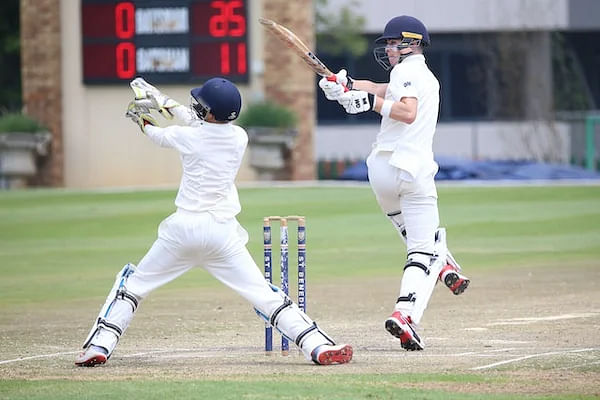
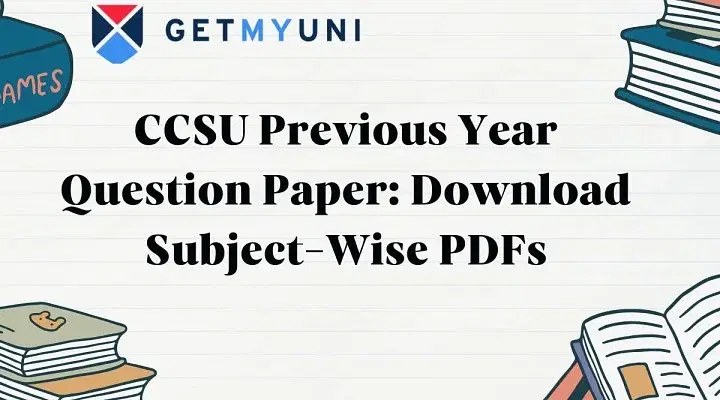
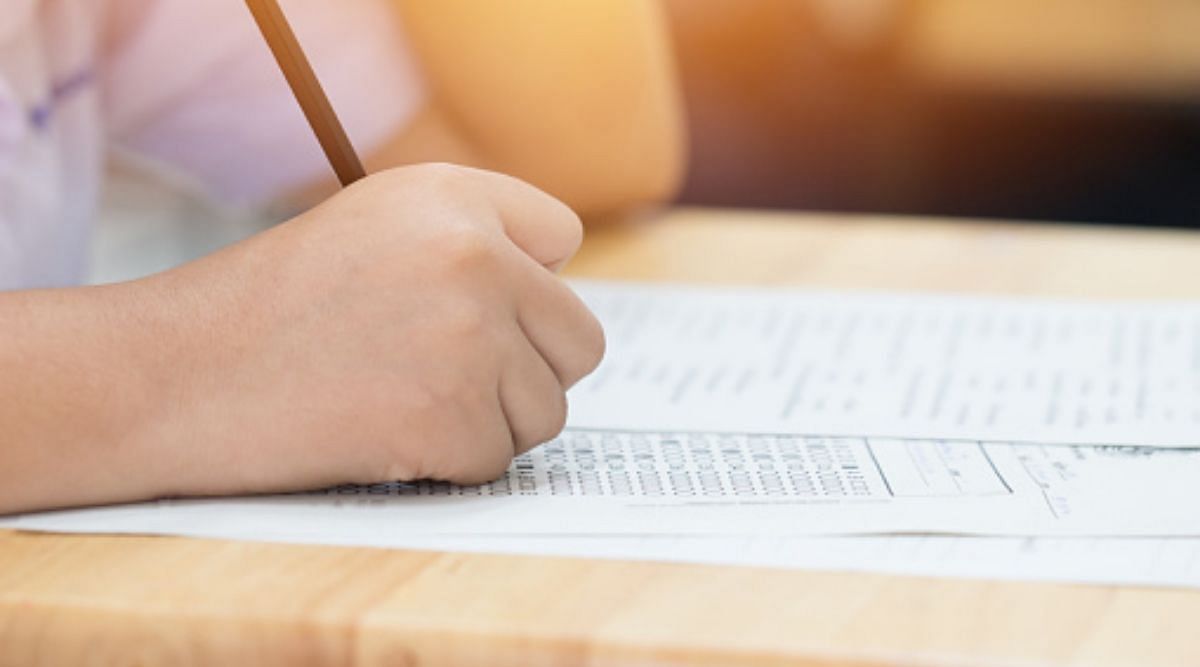

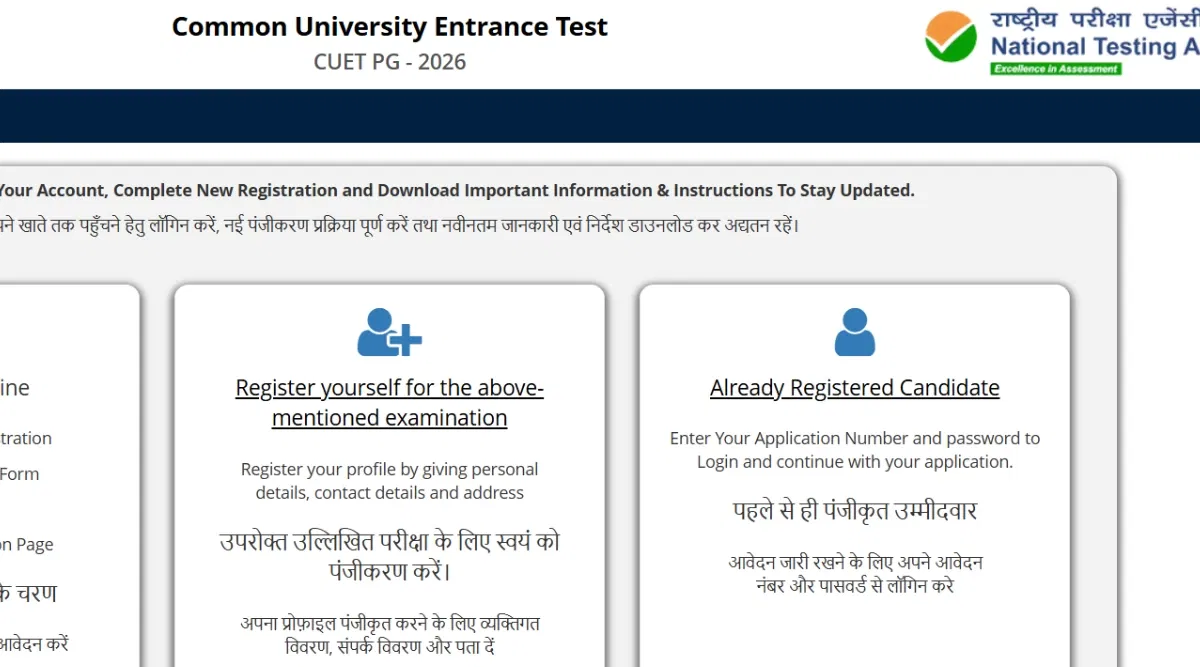


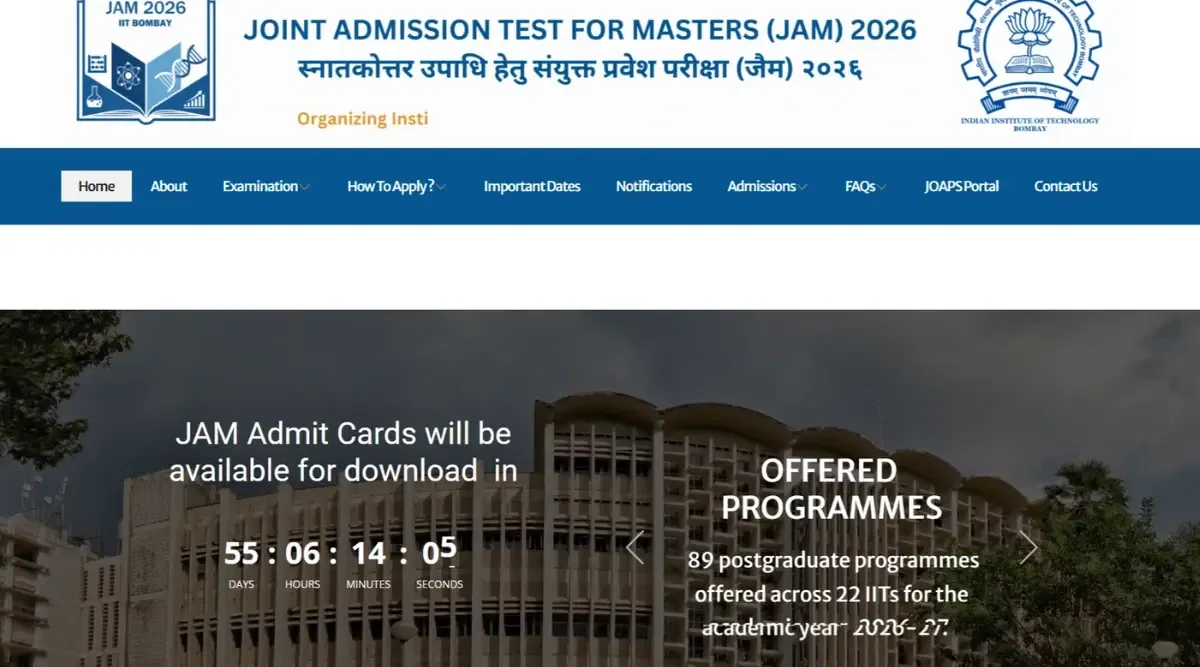


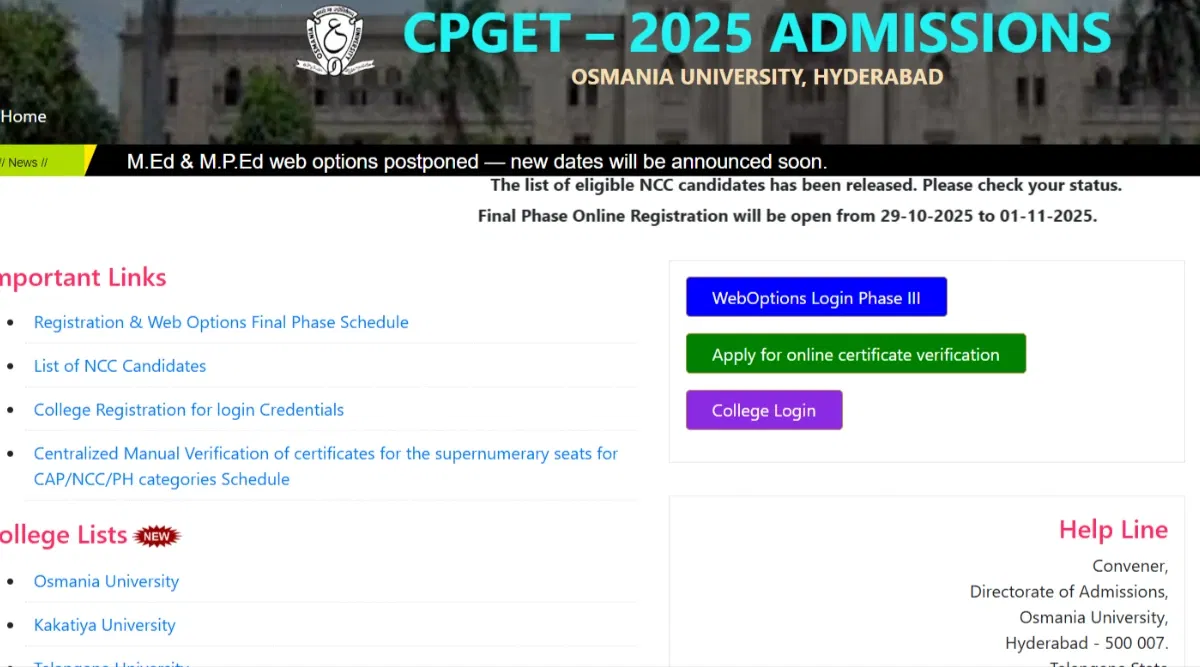
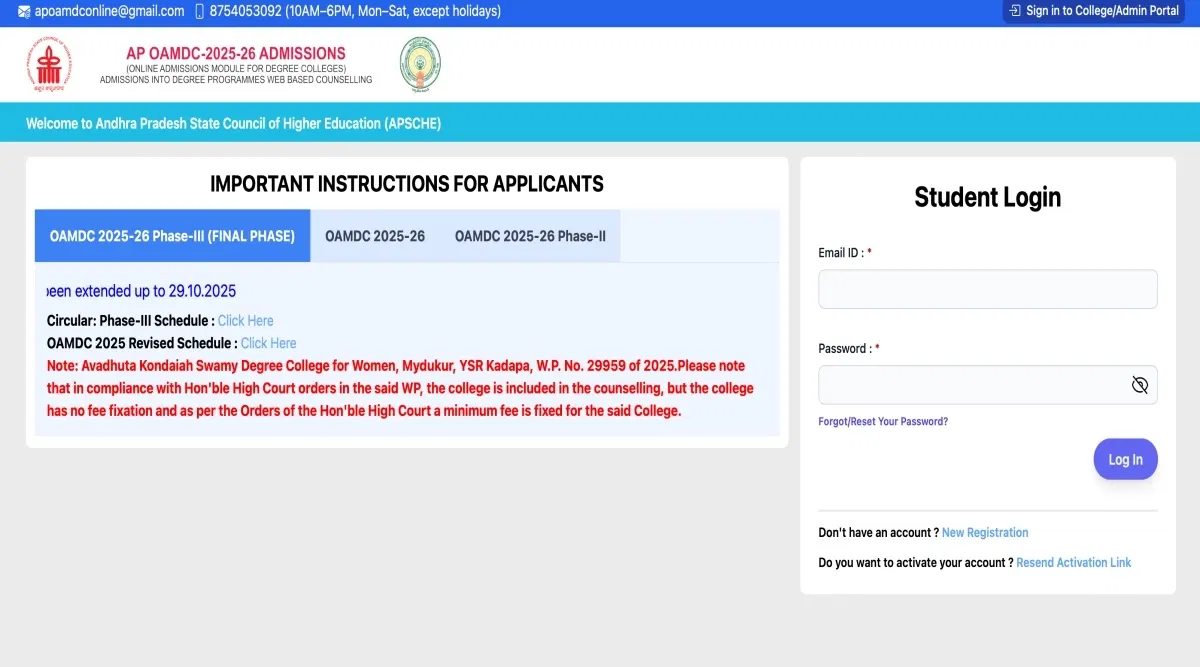
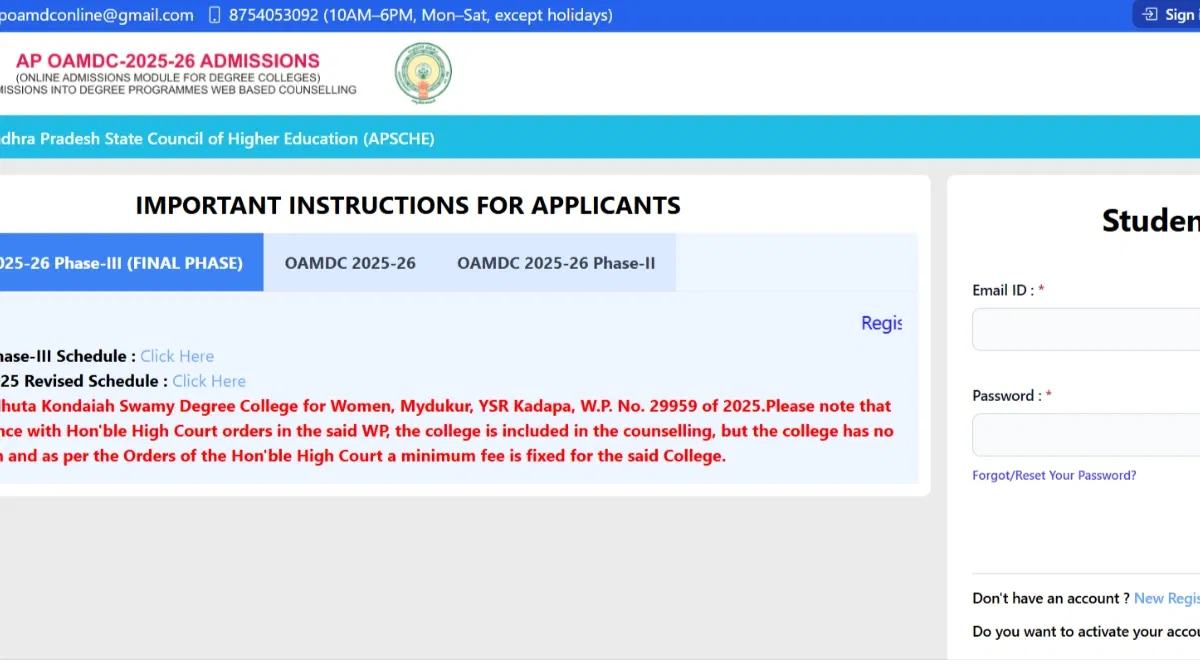


POST YOUR COMMENT